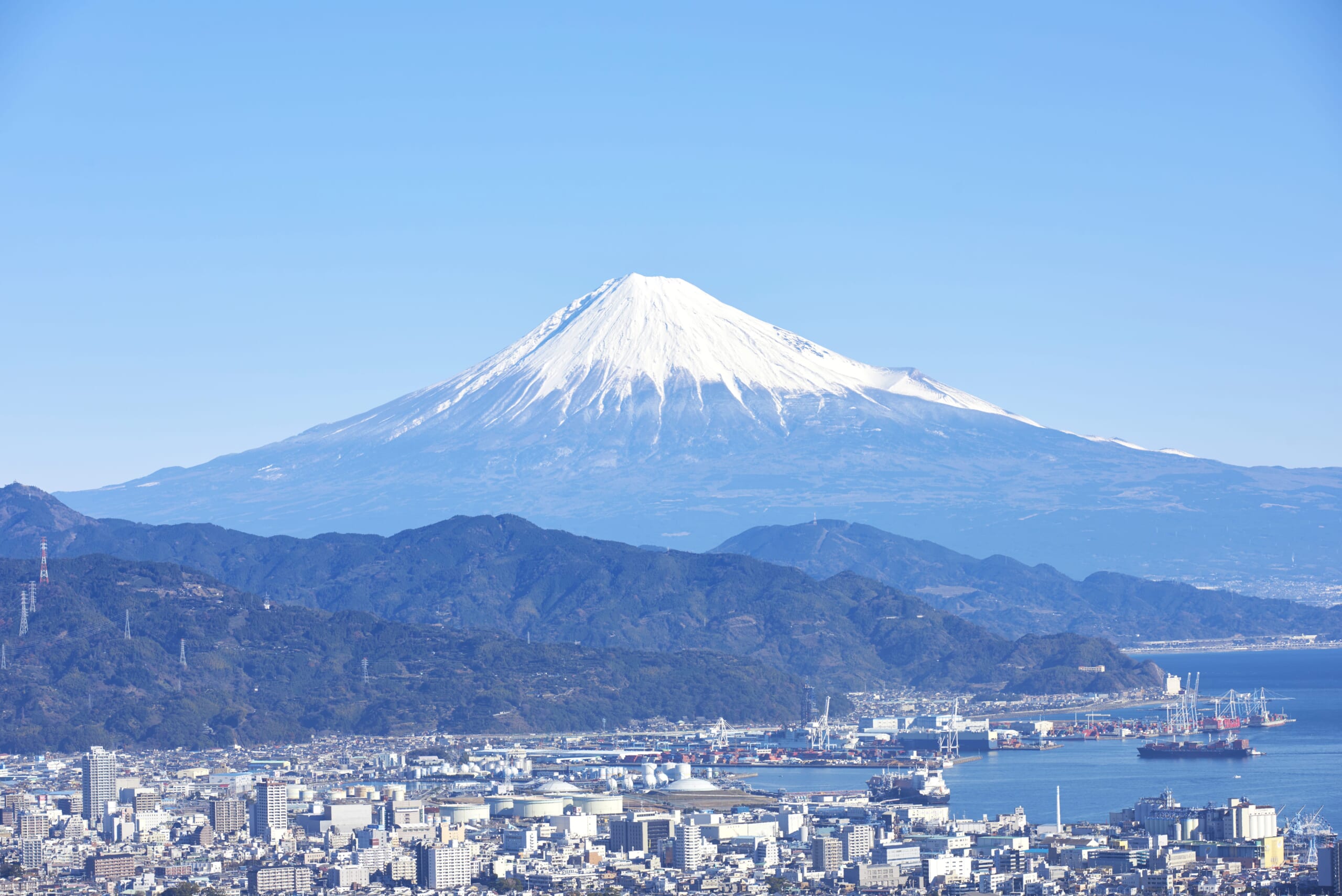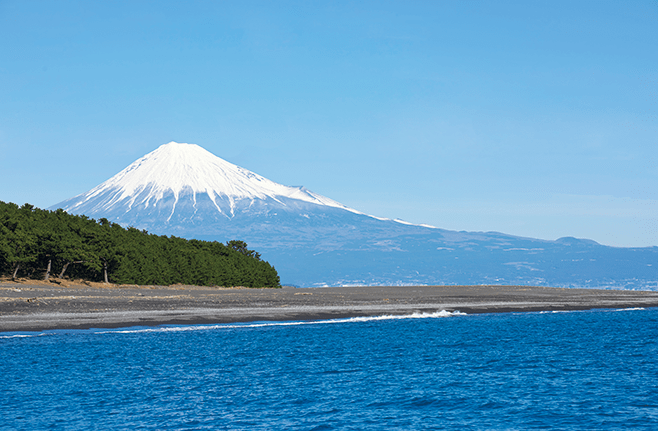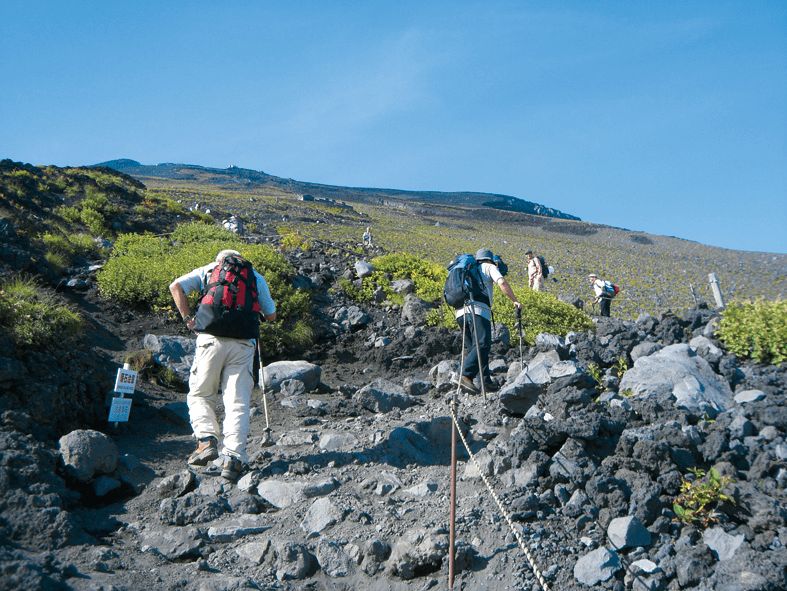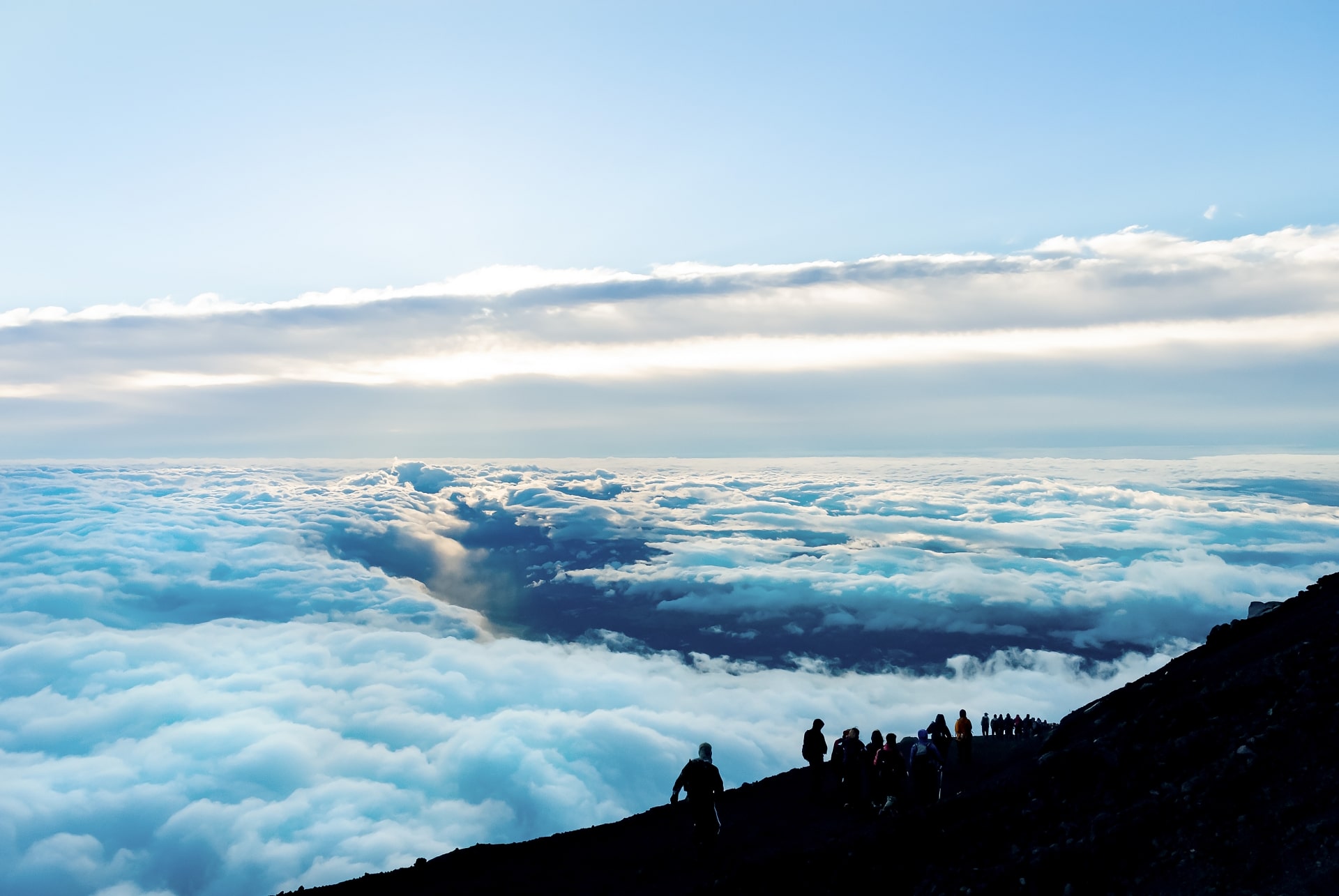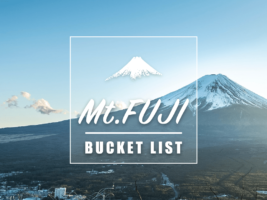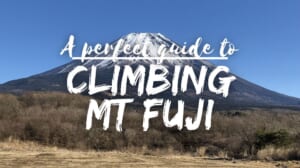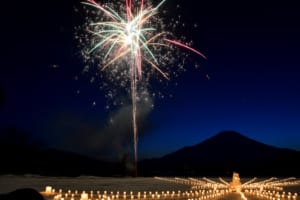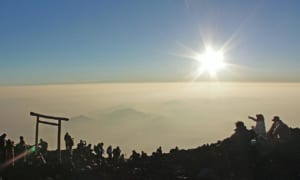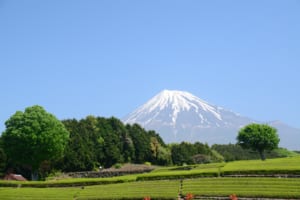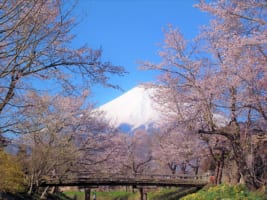Mount Fuji Climbing Register System: a Safer Climbing Experience from Shizuoka
From Preparation to Preservation: Climbing Mt. Fuji Responsibly in 2024
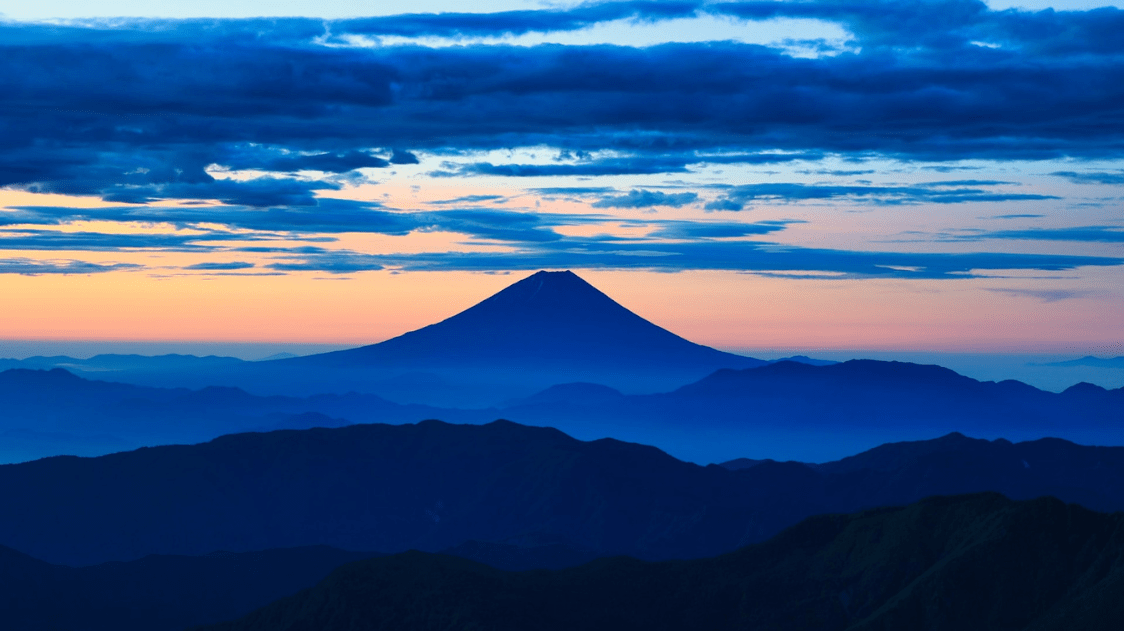
As the Mt. Fuji climbing season approaches, many enthusiasts eagerly anticipate this majestic mountain’s various activities. From the serene experience of camping beneath the starry skies to witnessing the vibrant seasonal flowers that blanket the surrounding areas, Mt. Fuji provides a multitude of ways to connect with nature.
Of course, the highlight for many is the challenging yet rewarding ascent to Japan’s highest peak, a journey that offers breathtaking views and a profound sense of accomplishment. The allure of watching the sunrise from the summit, known as the “Goraiko,” draws climbers from all over the world, making it a bucket-list adventure for many. Each year, thousands of climbers, both seasoned and novice, prepare to embark on this iconic trek, ready to embrace the physical and spiritual experience that climbing Mt. Fuji entails.
However, as frequently highlighted in the news, Mt. Fuji faces significant challenges such as nighttime “bullet climbing” without lodging, littering, and underprepared climbers violating rules and manners.
To address these issues and enhance the climbing experience, a new web registration system is being introduced this year. This system aims to ensure a safer and more pleasant climb by requiring all climbers to pre-register their climbing plans, lodging reservations, and complete a learning module on rules and etiquette. The system will verify this information on-site.
In this article, we will explain the new system and other essential information for climbing Mt. Fuji responsibly.
*Please note that this article contains affiliate links.
About Mount Fuji Climbing Register System
Starting in 2024, a new measure to manage overtourism and ensure the safety of climbers is being implemented on Mt. Fuji. The “Mount Fuji Climbing Register System” explicitly targets climbers on the Shizuoka side routes (Fujinomiya, Gotemba, and Subashiri).
<<Mt. Fuji Climbing Tickets (Individual)>>
<<Mt. Fuji Climbing Tickets (Group)>>
*This system is designed to protect and preserve the sacred and beautiful Mt. Fuji, as well as to ensure a safe and comfortable climbing experience. All climbers will have their registration verified and authenticated on-site. Please complete your pre-registration.
Purpose and Benefits
The Mount Fuji Climbing Register System is designed to:
1. Ensure Climber Safety: By requiring registration and preparation, the system helps prevent unprepared climbers from attempting the ascent, reducing the risk of accidents and health issues.
2. Protect the Environment: By educating climbers on proper etiquette and rules, the system aims to mitigate the impact of overtourism on Mt. Fuji’s delicate ecosystem.
How It Works
1. Registration and E-Learning: Climbers must register their climbing dates, plans, and mountain hut reservations through the system. Additionally, they are required to complete e-learning modules covering rules, etiquette, and essential knowledge about Mt. Fuji.
2. Verification and Learning on Site: At the climb start points, authorities will verify that climbers have completed the registration and e-learning. Those who haven’t registered will need to complete an on-site learning session. Registered climbers will receive wristbands, and those who complete the process online will also get a digital wallpaper. Registered climbers can quickly start their climb by scanning a QR code.
3. Discouraging “Nighttime Bullet Climbing”: The system aims to prevent dangerous “Nighttime bullet climbing” (climbing to the summit overnight without resting in huts). After 4 PM, officials will check if climbers have mountain hut reservations. Those without reservations will be advised to enjoy local attractions or start their climb the following day.
4. Cultural and Environmental Education: The system integrates education about Mt. Fuji’s cultural significance and natural beauty, enhancing climbers’ understanding and appreciation of the site.
5. Conservation Donation: Climbers are encouraged to contribute to the Mount Fuji Conservation Fund, which supports environmental preservation, safety measures, and climbing support services. Donations can be made via an external link from the registration system.
Current Situation and Issues with Climbing Mt. Fuji
Visiting Mt. Fuji is a must for many international travelers to Japan. This iconic mountain attracts visitors with its breathtaking beauty and various experiences. However, climbing Mt. Fuji is not to be taken lightly. Despite its smooth appearance from afar, it requires thorough preparation. While many climbers are well-prepared, many arrive at the base unaware and underprepared, leading to various problems.
Bullet Climbing and Rule Violations
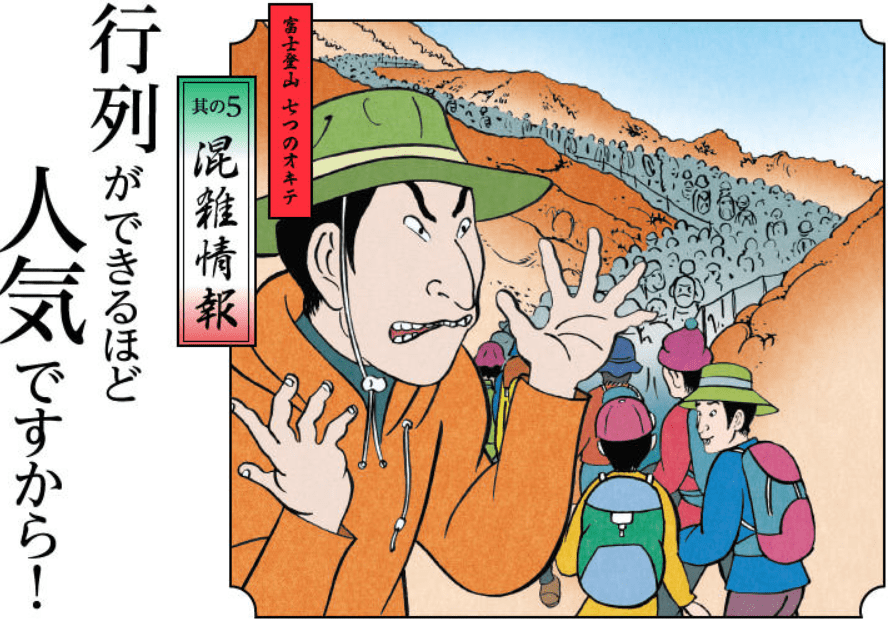
Nighttime “bullet climbing” is a significant issue, where climbers attempt to reach the summit without lodging overnight. This increases the risk of altitude sickness and hypothermia. Moreover, bullet climbing can exacerbate congestion on the trails. To ensure safety, climbers should avoid bullet climbing and instead stay in mountain huts, taking breaks to acclimate to the altitude.
Climbing Mt. Fuji Safely and Responsibly
When climbing Mt. Fuji, it is crucial to stay on designated trails and take regular breaks to acclimate to the altitude. This ensures your safety and helps protect Mt. Fuji’s beautiful environment. By acting responsibly, you can help mitigate the negative impacts of overtourism and ensure that Mt. Fuji remains a beautiful and sacred place for future generations.
Request from Shizuoka Prefecture
When climbing Mt. Fuji, please make sure to follow the climbing rules and etiquette.
Avoid nighttime “bullet climbing” (climbing without staying in mountain huts) as it poses health risks and disaster dangers. Additionally, mountain huts cannot be used without a reservation at night. Please refrain from disruptive behaviors such as making noise, setting up tents, making bonfires, graffiti, or napping on trails or in restrooms.
Stay on the designated trails, and remember that ascending climbers have the right of way. Always take your trash home and do not litter.
If you feel unwell or if the weather worsens, descend promptly. Weather conditions on Mt. Fuji can change rapidly. Descending takes time, so consider your pace and start your descent early. Pay particular attention to the shuttle bus schedules at the Fujinomiya and Subashiri 5th stations. If you miss the shuttle bus, taxis are scarce at night, making it difficult to arrange transportation from the 5th station. Note that the last shuttle bus departs from the Fujinomiya 5th station at 7:00 PM and from the Subashiri 5th station at 6:45 PM.
*For detailed rules and etiquette, please refer to the web system.
Legally Prohibited Activities
The following activities are prohibited by law when climbing Mt. Fuji:
Collecting Plants and Animals: It is forbidden to pick flowers, collect fruits, or capture insects. Walking off designated trails can harm the precious ecosystem, so please stay on the trails.
Removing Lava or Rocks: Taking lava rocks or stones, including small ones, is prohibited. Graffiti is also forbidden, including writing on rocks or stones as well as on structures.
Setting Up Tents or Making Bonfires: There are no tent sites on Mt. Fuji, so please use mountain huts for lodging. Bonfires, as well as the use of burners or stoves, require careful attention to avoid fire hazards. Use them away from mountain huts and crowded areas, paying attention to your surroundings.
Releasing Pets: Animals cannot be released in special protected areas. Avoid bringing pets into mountain huts or on the trails, as the volcanic gravel can damage their paws.
Mt. Fuji Country Code
The Mt. Fuji Country Code is a set of rules established by the Mt. Fuji Regional Environmental Preservation Council (comprising the Ministry of the Environment, Yamanashi Prefecture, Shizuoka Prefecture, and others) to preserve the beauty of Mt. Fuji for future generations and to utilize its natural and cultural heritage.
- Preserve the beauty of Mt. Fuji for future generations.
- Never litter; take all your garbage home.
- Avoid bringing items that could become waste.
- Stay on designated trails.
- Do not leave graffiti as a memento of your climb.
- Do not drive vehicles off-road.
- Do not damage unique geological features such as lava tree molds.
- Do not idle your vehicle in parking lots.
- Do not collect plants or animals.
- Keep public facilities, such as toilets, clean.
For more detailed information, please refer to the “Official Mt. Fuji Climbing Site” or the “Comprehensive Guide to Mt. Fuji.”
▶ Official Mt. Fuji Climbing Site
▶ Comprehensive Guide to Mt. Fuji
When is Mt. Fuji Overcrowded?
When planning a trip to Mt. Fuji, it’s crucial to be aware of the times and routes that experience the heaviest crowds. Knowing this can help you avoid the busiest periods and make your climb safer and more enjoyable.
Climbing Season
Mt. Fuji’s climbing season is limited to a few months each year: Open from July 10 to September 10, 2024.
Regarding peak crowding days, weekends, especially Saturdays and holidays, see the most visitors. One of the most crowded periods is during “Obon,” the third week of August when many Japanese take vacations. The number of climbers increases significantly from mid-July, peaking during weekends and Obon.
Climbing during these crowded times can increase the risk of accidents, such as falling rocks or injuries. It can also make it difficult to walk and rest at your own pace. To ensure a safer and more comfortable climb, plan your trip to avoid these peak days and times.
Crowded Times on Different Routes
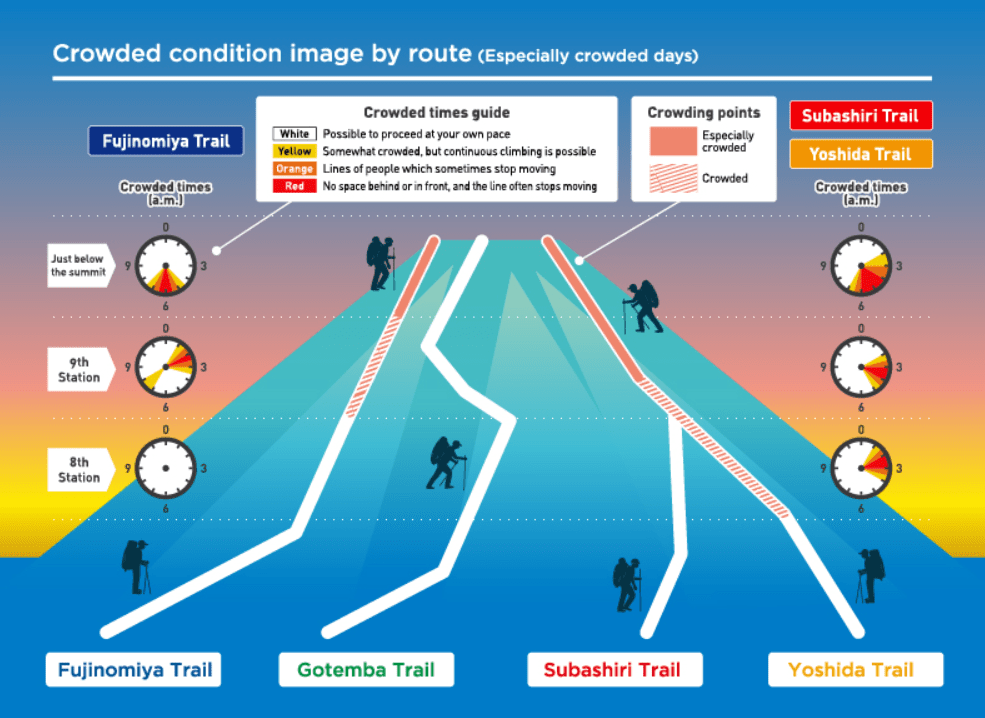
Mt. Fuji has three routes from the Shizuoka side, each varying in popularity and congestion levels. The route you choose will greatly influence your climbing experience:
Subashiri Trail (須走ルート): Also known as the Red Trail, it offers a quieter and more serene experience until it joins the Yoshida Trail at the eighth station. This route is less crowded before the merge point.
Gotemba Trail (御殿場ルート): The Green Trail is the longest and least steep, making it a favorite among experienced climbers who prefer a less crowded path. Even on busy days, this trail remains relatively peaceful.
Fujinomiya Trail (富士宮ルート): The Blue Trail is the shortest but steepest route. It tends to get crowded near the summit, especially around sunrise when many climbers aim to reach the peak. From around 3 AM to 5 AM, the section from the eighth station to the summit can be particularly congested, taking about 1.5 times longer to ascend during this period.
Enjoying Mt. Fuji During the Day
While many climbers aim to see the sunrise from the summit of Mt. Fuji, there are many other ways to enjoy the climb.
Climbing during the day allows you to avoid crowds and enjoy a more relaxed ascent. The weather is often more stable during the day, offering clearer views and safer climbing conditions. You can take in the beautiful scenery and landscapes unique to the daytime, making it perfect for photography. Additionally, the temperature is more comfortable during the day, reducing physical strain and allowing for a more enjoyable climb.
For these reasons, there are plenty of ways to enjoy climbing Mt. Fuji outside of the sunrise period.
Moreover, you don’t have to climb Mt. Fuji to appreciate its grandeur. Many locations around the mountain offer spectacular views.
By following the guidelines mentioned in this article and using the registration system, you can help protect Mt. Fuji and ensure a safe and responsible climbing experience for everyone.
Using the Web Registration System
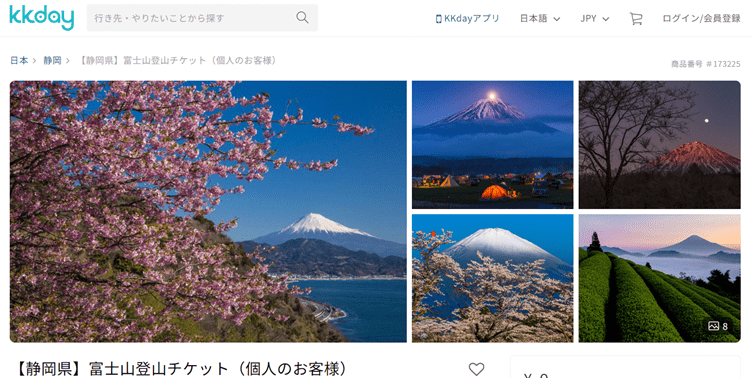
- Access the System: Visit the official Shizuoka Prefecture Mt. Fuji Climbing Register System website. Enter your climbing details, plans, and mountain hut reservations to complete your registration.
- Complete E-Learning: Finish the required educational modules on rules, etiquette, and knowledge about Mt. Fuji.
You will receive a QR code and a digital wallpaper upon completion for smooth entry.
By following these steps and utilizing the Shizuoka Prefecture Mt. Fuji Climbing Register System, climbers can achieve a safer and more responsible climbing experience while helping to preserve this world treasure for future generations.
<<Mt. Fuji Climbing Tickets (Individual)>>
<<Mt. Fuji Climbing Tickets (Group)>>
▽Subscribe to our free news magazine!▽
For more information about things to do in the Hakone area, be around Mt. Fuji, be sure to check out the following articles!
▽Related Articles ▽
▼Editor’s Picks▼
Written by
Born and raised in Costa Rica, I started living in Tokyo from college. I love traveling within Japan & around the world. Since I wasn’t born in Japan, I know the cultural impact that you can get when visiting Japan for the first time and what you might be worried about before your trip. And I’ve lived long enough to somewhat understand the nuances of the Japanese culture that make this country such an attractive place to visit. Hopefully I can provide to you both the information you’re looking for and the information you didn’t know you needed to know.





